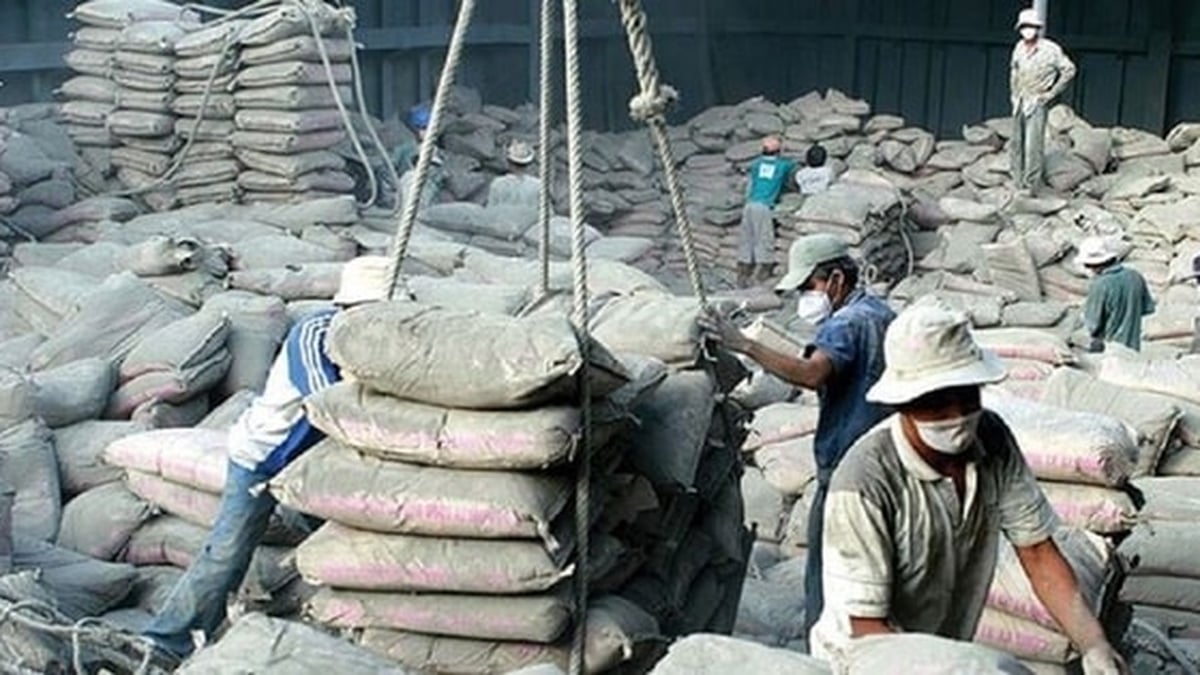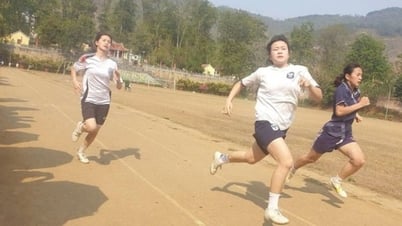
Image of what is believed to be a destroyed Tu-22M3 strategic bomber at Soltsy-2 Air Base in Novgorod province, Russia on August 19.
TASS news agency on August 22 quoted a statement from the Russian Defense Ministry saying that a Su-30SM fighter jet of this country had shot down and sunk a Ukrainian unmanned reconnaissance boat near drilling rigs in the Black Sea.
"Last night, pilots of a Su-30SM aircraft of the Black Sea Fleet's maritime aviation unit destroyed a Ukrainian reconnaissance boat in the area of Russian drilling platforms in the Black Sea," the statement said.
The statement did not specify the type of spy boat or the exact location of the attack. Ukraine did not immediately comment on the information. According to AFP, attacks by both sides have escalated in the Black Sea since the grain export deal expired on July 17.
The incident occurred as the first civilian cargo ship from Ukraine recently arrived in Istanbul, Turkey, despite Russia no longer being part of the agreement and declaring that any ships approaching Ukraine in the Black Sea would be considered military cargo.
In the statement, the Russian Defense Ministry also said that its forces shot down two Ukrainian unmanned aerial vehicles (UAVs) over the Black Sea in an area about 40 km northwest of the Crimean peninsula.
In Russia, on August 22, the Moscow region was targeted by UAVs for the fifth consecutive night. Moscow Mayor Sergei Sobyanin said that air defense systems shot down two attacking UAVs in the Krasnogorsk and Chastsy regions.
The Russian Defense Ministry said there were no casualties, but Moscow's Vnukovo, Sheremetyevo and Domodedovo airports were briefly closed.
In addition, two other Ukrainian UAVs were shot down in the Bryansk region near the Ukrainian border in an incident that caused no casualties, according to the Russian Defense Ministry.
In another development, the Russian Ministry of Education plans to include military UAV control and countermeasures in the curriculum next school year.
Ukraine destroyed Russian bomber?
Ukraine has destroyed a Russian supersonic bomber in a UAV attack, according to Ukrainian media and the BBC.
Images posted on social media appear to show a Tupolev Tu-22 long-range bomber on fire. Analyzing new images and satellite imagery of the area, the BBC has said the plane caught fire south of the Russian city of St. Petersburg.
The Russian Defense Ministry said on July 19 that a Ukrainian UAV targeted a military airport in Russia's Novgorod region, causing a fire and damaging a military aircraft.
Accordingly, the incident caused no casualties and the fire was quickly extinguished. Novgorod is located southwest of Moscow and far from the Ukrainian border.
Ukraine has not commented on the incident and has so far not claimed responsibility for the attacks inside Russian territory.
The New Voice of Ukraine reported that its UAVs have damaged five Russian aircraft in the past few days. Accordingly, the Tu-22 M3 was "destroyed" on August 19 and two other aircraft were damaged.
Two days later, two bombers in Kaluga were damaged “as a result of a UAV attack” controlled by Ukrainian intelligence services.
The British defense intelligence report on August 22 said the attack on the Tu-22M3 bomber "adds weight to the assessment" that some attacks on Russian targets originated from inside Russian territory.
Ukraine discusses grain corridor
CNN reported on August 22 that the leaders of Ukraine and Bulgaria discussed cooperation in the Black Sea to ensure a "grain corridor" to help Ukraine export.
Ukrainian President Volodymyr Zelensky met with Bulgarian Prime Minister Nikolai Denkov to discuss the grain corridor on the sidelines of the Ukraine-Balkans Summit held in Athens, Greece on August 21.
Mr Zelensky's office said in a statement that the two leaders discussed cooperation between Black Sea countries to ensure sustainable security in the sea and the operation of the "grain corridor" in other ways.
The Ukrainian president thanked the Bulgarian prime minister for recently deciding to provide defense assistance, according to the statement.
Source link




























![[Photo] National Assembly Chairman attends the seminar "Building and operating an international financial center and recommendations for Vietnam"](https://vphoto.vietnam.vn/thumb/1200x675/vietnam/resource/IMAGE/2025/7/28/76393436936e457db31ec84433289f72)







































































Comment (0)